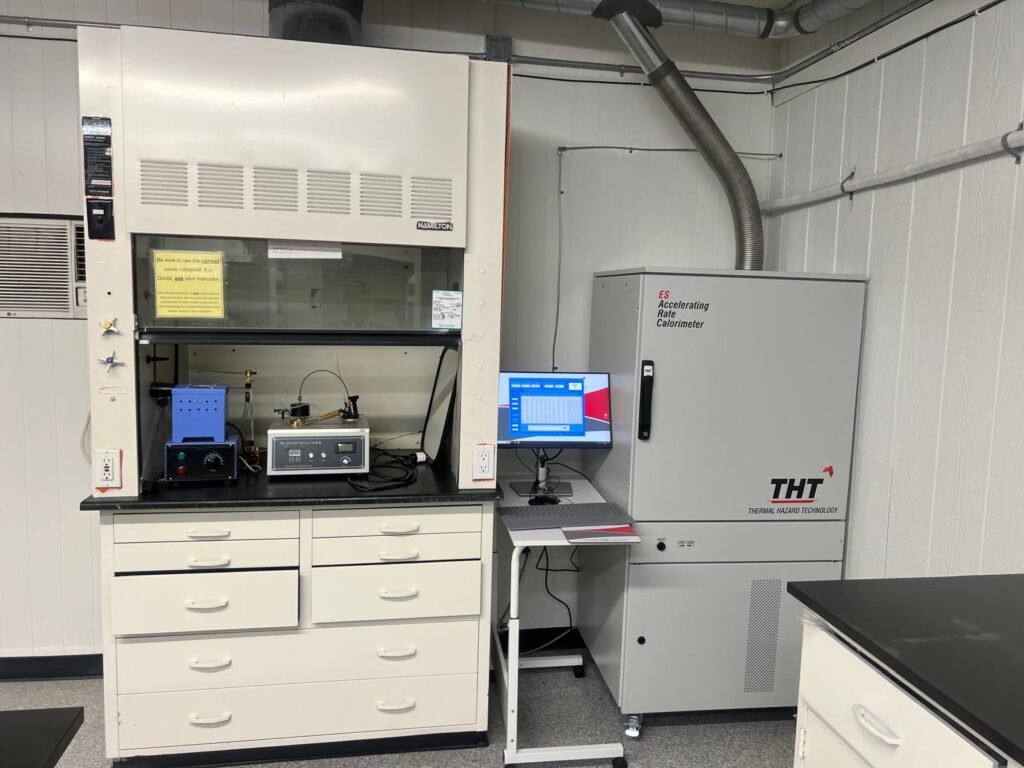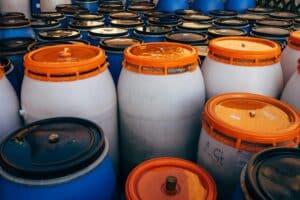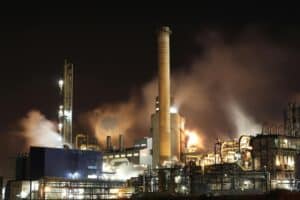Reactive Hazards and Process Safety
Chemical reactions can pose significant safety risks when they proceed uncontrollably, leading to thermal runaway, gas release, or even explosions. Identifying and understanding these reactive hazards early is critical for designing safe processes and preventing costly incidents. Reactive chemical testing provides the necessary data to evaluate these risks, helping engineers implement effective controls and ensure compliance with safety regulations.
Testing Objectives and Applications
Reactive chemical testing plays a vital role in identifying how chemicals and mixtures behave under upset or uncontrolled conditions. These tests evaluate potential hazards such as self-heating, thermal decomposition, gas evolution, and violent reactions with air, water, or other substances. By characterizing this behavior, testing determines if a material is thermally unstable, sensitive to process deviations, or incompatible with other components.
The results provide critical input for safe operating limits, emergency pressure relief sizing, storage and handling guidelines, and process scale-up decisions. Reactive testing is especially valuable when introducing new materials, modifying reaction parameters, or designing inherently safer processes. It also supports compliance with OSHA’s Process Safety Management (PSM) standard and EPA’s Risk Management Program (RMP), aiding hazard identification and risk reduction.
Available Testing Methods
Prime Process Safety Center offers a full range of testing methods to evaluate the reactivity and thermal behavior of chemicals, mixtures, and processes. Each method provides specific insights into how materials behave under stress, helping identify hazards before they become incidents.
Differential Scanning Calorimetry (DSC):
Used as an initial screening tool, DSC detects exothermic decomposition, determines onset temperatures, and measures energy release from small samples under controlled heating. It’s ideal for identifying thermal instability early in development.
Accelerating Rate Calorimetry (ARC):
ARC evaluates a material’s runaway potential by simulating worst-case, adiabatic conditions. It determines self-heating rates, critical temperatures, and time-to-maximum rate, making it valuable for assessing reaction severity and scale-up risks.
Differential Thermal Analysis (DTA):
DTA tracks thermal transitions—such as melting, crystallization, and decomposition—by comparing temperature changes in a test sample versus an inert reference. It’s helpful for understanding thermal events alongside other screening tests.
Thermogravimetric Analysis (TGA):
TGA measures changes in a material’s mass during controlled heating to detect decomposition, moisture loss, or the evolution of volatile components. This test provides supporting information for thermal stability and compatibility assessments.
Reaction Calorimetry:
These instruments capture heat flow and gas evolution under real process conditions. They provide essential data for determining heat removal needs, reaction control strategies, and safe process scale-up.
Vent Sizing Package II (VSP2):
The VSP2 uses adiabatic testing under low thermal inertia conditions to simulate upset scenarios and measure pressure rise rates. The results support emergency relief system design by providing data for vent sizing and containment strategies.
These testing methods can be tailored to your specific chemical or process, either individually or as part of an integrated hazard evaluation strategy.
When Testing Is Recommended
Reactive chemical testing provides the most value when you use it proactively—before scaling up, modifying, or introducing a process into a new environment. Perform testing during the development of new chemical reactions, when evaluating unfamiliar raw materials, or when handling substances known or suspected to be unstable or energetic.
Testing is also critical when:
-
Designing or modifying pressure relief systems
-
Transitioning from lab-scale to pilot or full-scale production
-
Changing reaction conditions, such as temperature, pressure, or concentration
-
Evaluating storage and transport safety for thermally sensitive materials
-
Supporting Process Hazard Analysis (PHA), Dust Hazard Analysis (DHA), or Risk Management Programs (RMP)
By identifying potential reactivity concerns early, companies can avoid costly incidents, improve equipment design, and ensure compliance with safety regulations.
Conclusion
Reactive chemical testing is essential for developing safe, reliable processes. It provides data to understand material behavior under normal and upset conditions. This helps prevent uncontrolled reactions, equipment damage, and serious incidents. Whether working with new materials, scaling up, or reviewing processes, targeted testing ensures decisions are backed by solid scientific insight.
Prime Process Safety Center offers a full range of testing services to support safe operations throughout the process lifecycle. Contact us to discuss a testing strategy tailored to your materials and objectives.
















